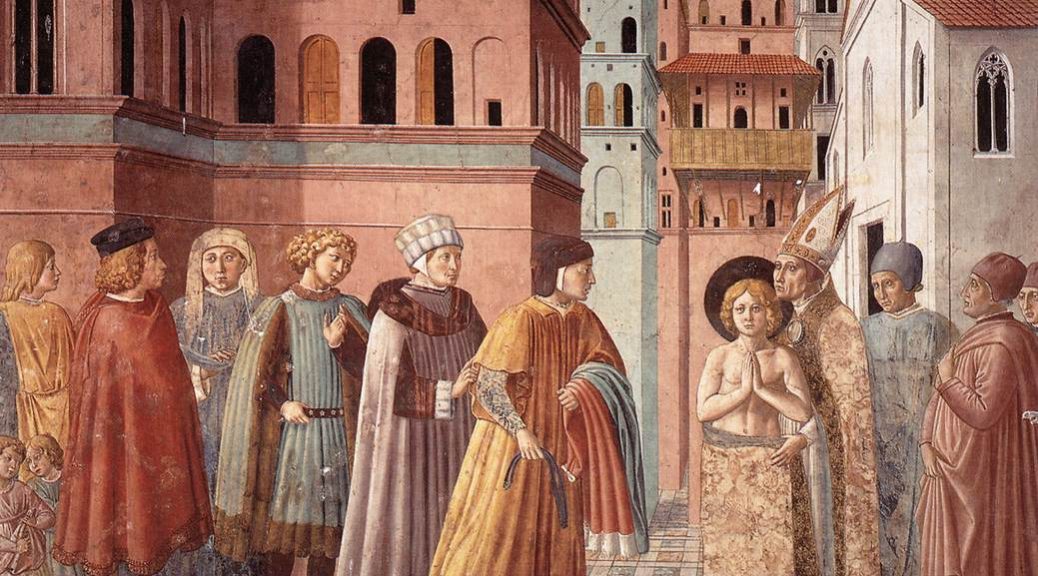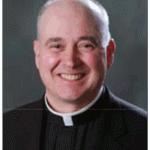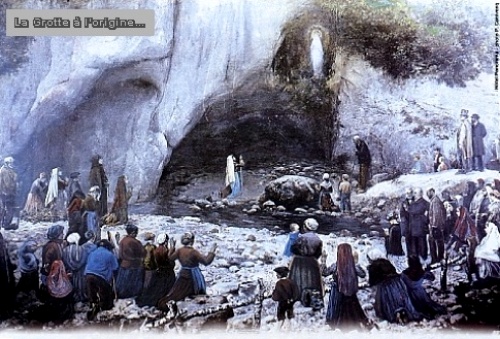In his Second Epistle to Timothy, Chapter 4, St. Paul the Apostle gives this command to his younger disciple: “Preach the word: be instant in season, out of season: reprove, entreat, rebuke, in all patience and doctrine.”
In A.D. 1209 St. Francis of Assisi (Feast-day, October 4th) began to preach the Christian Gospel to people of his home region of Umbria with such energy and freshness that it ignited a popular religious renewal to the rest of Europe and beyond. Francis, three years before, had dramatically renounced all his inheritance rights as the only son of a rich merchant in the presence of the Bishop of Assisi, going so far as to surrender even his clothes back to his father. Shortly after, he went to live among the lepers, who had been cast out into the forest for their frightful disease.
Coming out of his obscurity, Francis preached repentance from sin and peace and reconciliation among his neighbors. He preached with great power, however, and was not cowed by any human respect. As one of his early biographers, St. Bonaventure, describes it:
And because he had first impressed upon his own mind by his works what he endeavored to impress upon others by his words, fearing reproof from no man, he preached the truth with great confidence. He was not accustomed to handle the sins of man delicately, but pierced them with the sword of the Spirit, nor did he spare their sinful lives, but rebuked them sharply and boldly. He spoke to great and small with equal constancy of mind, and with a like joyfulness of spirit, whether to many or to few; people of every age and sex came forth to see this man, newly given to the world by God, to look upon him and listen to his words.
St. Francis of Assisi’s unction was of a high degree which no preacher should presume to imitate as a style. Nonetheless, it is much to be wondered at, with all of the market-style strategizing on how to “get people back to Church”, is there any thought given to the solemn charge: “be instant in season, out of season…”
Pastor’s Note from the Mary Immaculate of Lourdes Bulletin for October 14, 2012


